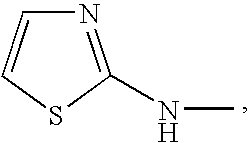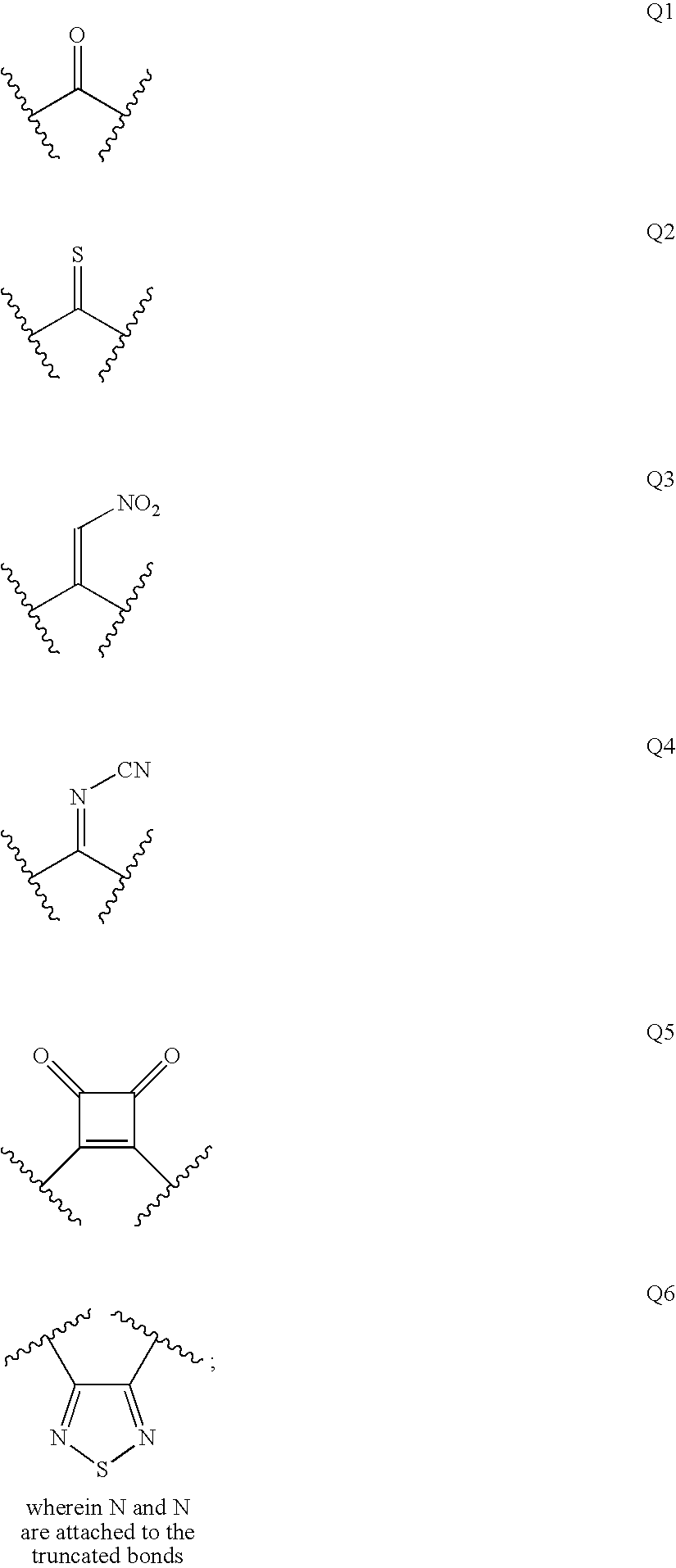Renin inhibitors
a renin inhibitor and renin technology, applied in the field of renin inhibitors, can solve the problems of insufficient soluble renin inhibitors that can be prepared on a large scale, high cost of goods, and the inability to develop several compounds in clinical trials, etc., and achieves low molecular weight, high in vitro activity, and high cost of goods.
- Summary
- Abstract
- Description
- Claims
- Application Information
AI Technical Summary
Benefits of technology
Problems solved by technology
Method used
Image
Examples
example 1
Methyl 2-((R)-(3-chlorophenyl)(3-((S)-1-(methylamino)-3-(tetrahydro-2H-pyran-4-yl)propan-2-ylcarbamoyl)phenyl)methoxy)ethylcarbamate (I-1a)
[0444]
Step 1. 2-(trimethylsilyl)ethyl (2S)-2-(3-((2-(methoxycarbonylamino)ethoxy)(3-chlorophenyl)methyl)benzamido)-3-(tetrahydro-2H-pyran-4-yl)propyl(methyl)carbamate
[0445]3-((3-chlorophenyl)(2-(methoxycarbonylamino)ethoxy)methyl)benzoic acid (60 mg, 0.165 mmol), (S)-2-(trimethylsilyl)ethyl 2-amino-3-(tetrahydro-2H-pyran-4-yl)propyl(methyl)carbamate (52 mg, 0.165 mmol) [prepared using procedures described in U.S. Provisional App. No. 60 / 736,564, filed on Nov. 14, 2005, and PCT App No. PCT / US2006 / 043920, filed November 13, 2006, the entire contents of which are hereby incorporated by reference], EDCI (79 mg, 0.413 mmol) and HOBt (56 mg, 0.413 mmol) was dissolved in CH2Cl2 (8 mL). The reaction mixture was stirred at room temperature overnight. The solvent was removed in vacuo. The crude product was purified by preparative TLC (89 mg, 82%).
Step 2
Met...
example 2
Methyl 2-((R)-(3-chlorophenyl)(3-((S)-1-cyclohexyl-3-(methylamino)propan-2-ylcarbamoyl)phenyl)methoxy)ethylcarbamate (I-3a) and methyl 2-((5)-(3-chlorophenyl)(3-((5)-1-cyclohexyl-3-(methylamino)propan-2-ylcarbamoyl)phenyl)methoxy)ethylcarbamate (I-3b)
[0450]
Step 1. (S)-2-(trimethylsilyl)ethyl 3-cyclohexyl-2-(3-formylbenzamido)-propyl(methyl)carbamate
[0451]A mixture of 3-carboxybenzaldehyde (1.20 g, 8.01 mmol, 1.0 equiv), 2-(trimethylsilyl)ethyl (S)-2-amino-3-cyclohexylpropylmethylcarbamate, prepared using procedures described in PCT App No. 60 / 736,564, (2.57 g, 8.17 mmol, 1.02 equiv), EDC (2.86 g, 1.86 equiv), and DIEA (7 mL, 5 equiv) in CH2Cl2 (40 mL) was stirred at room temperature for 20 h. After evaporation of solvent, the residue was purified by chromatography on silica gel eluted with hexanes / EtOAc to afford (S)-2-(trimethylsilyl)ethyl 3-cyclohexyl-2-(3-formylbenzamido)-propyl(methyl)carbamate. LC-MS (3 min) m / z: 447 (M+H+).
Step 2. 2-(trimethylsilyl)ethyl (2S)-2-(3-((3-chloro...
example 3
Methyl {2-[((R)-(3-chlorophenyl){3-[({2S)-2-(methylamino)-3-[(3R)-tetrahydro-2H-pyran-3-yl]propyl}amino)carbonyl]phenyl}methyl)oxy]ethyl}carbamate hydrochloride
[0460]
Step 1. Methyl {2-[((R)-(3-chlorophenyl){3-[({(2S)-2-[{[(1,1-dimethylethyl)oxy]carbonyl}(methyl)amino]-3-[(3R)-tetrahydro-2H-pyran-3-yl]propyl}amino)carbonyl]phenyl}methyl)oxy]ethyl}carbamate
[0461]To a solution of 3-{(R)-(3-chlorophenyl)[(2-{[(methyloxy)carbonyl]amino}ethyl)oxy]methyl}benzoic acid (0.375 g, 1.031 mmol) in dichloromethane (10.31 ml) were added N,N-diisopropylethylamine (0.360 ml, 2.062 mmol), 1,1-dimethylethyl {(1S)-2-amino-1-[(3R)-tetrahydro-2H-pyran-3-ylmethyl]ethyl}methylcarbamate (0.309 g, 1.134 mmol), and PyBOP (0.590 g, 1.134 mmol). HPLC analysis after 1 hour indicated that the starting material had been consumed. The reaction mixture was concentrated, the crude material loaded onto florisil and purified using silica gel chromatography (ISCO: 30-75% ethyl acetate / hexanes (30 min.), 12 g silica) to ...
PUM
| Property | Measurement | Unit |
|---|---|---|
| Composition | aaaaa | aaaaa |
Abstract
Description
Claims
Application Information
 Login to View More
Login to View More - R&D
- Intellectual Property
- Life Sciences
- Materials
- Tech Scout
- Unparalleled Data Quality
- Higher Quality Content
- 60% Fewer Hallucinations
Browse by: Latest US Patents, China's latest patents, Technical Efficacy Thesaurus, Application Domain, Technology Topic, Popular Technical Reports.
© 2025 PatSnap. All rights reserved.Legal|Privacy policy|Modern Slavery Act Transparency Statement|Sitemap|About US| Contact US: help@patsnap.com



